Peter Schiff: The Treasury Bond Market Is a Bubble
Investors poured into safe-havens last week as the coronavirus continued to create worry about the global economy. Bond yields hit all-time lows with the yield on the 30-year US Treasury dropping below 2%. Meanwhile, stocks tumbled Friday, with every major index showing losses. The Dow was down 227 points.
Peter Schiff talked about what’s going on in the markets in his podcast on Friday. He said despite what the mainstream is telling us, the bond market is a great big bubble.
Peter said that stock prices would have dropped even further had it not been for the rise in the bond market helping to support the valuation of US stocks. The lower interest rates fall, the higher everybody can pretend the fair value of the US stock market is. Peter reiterated that it’s not just about safe-havens. Central banks are pumping a tremendous amount of liquidity into the world’s financial system and there is a growing expectation that the Federal Reserve will follow suit.
But for that, the US stock market would be much, much weaker. It would have been down a lot more, not only on the day, but on the week.”
During a CNBC interview, somebody asked St. Louis Fed President James Bullard how rate cuts and loose central bank monetary policy would cure coronavirus – a question Peter asked in a previous podcast. The problem posed by coronavirus is the potential drop in supply – a decrease in Chinese economic output. In effect, the fear is China will produce less stuff. How does printing money solve that problem? Even Bullard had to admit it doesn’t technically solve it, but he claimed it can help mitigate the symptoms.
But it doesn’t, because if the symptom is a reduction in supply, how does increasing demand for items that are in short supply do any good? Because that’s all the Fed is able to do is stoke demand by printing money. People now have more money to buy products that don’t exist.”
In fact, the Fed made a similar move during the oil embargo of the 1970s. That led to stagflation.
A lot of this liquidity is going into the bond market right now. That raises a question: is the bond market a bubble? Some people have argued that it’s been a bubble for a long time. Last summer, former Reagan administration Office of Budget Management Director David Stockman said were in the mother of all bond bubbles.
Currently, the yield on US Treasuries is actually below the official government inflation rate.
Even if you accept the government’s word for what inflation is, the yield on US Treasuries is negative. At the same time, the US financial house has never been in worse shape. The national debt is $23 trillion and rising rapidly with no end in sight and no appetite in Washington, either from the Democrats or the Republicans, to do anything about it. So, there is no plan, or nobody is even pretending to have a plan, to bring the deficits down because nobody cares. … The United States has never been less creditworthy than it is right now because we have more debt than ever before, and the future trajectory of the debt is going to skyrocket and nobody gives a damn or is even pretending to give a damn.”
Keep in mind, the powers that be think inflation is too low. So, bond yields should be much higher given the likelihood that inflation will go much higher in the future, along with the increasing possibility that the US government defaults and has to restructure its massive debt.
The fact that prices are so high despite the fact that fundamentals are so low, is clear evidence, indisputable evidence, that the Treasury bond market is a bubble.”
But the mainstream insists it’s not a bubble. They say the amount of money pouring into bonds is justified because people want safe haven with the specter of a coronavirus-induced economic slowdown. Peter disagrees.
Anybody buying our debt at these prices thinking they’re doing something safe is a complete fool. And that is exactly what defines a bubble.”
Gold continued to rise on Friday. The yellow metal broke out in the middle of the week and pushed above $1,600. It kept right on climbing from there, despite a relatively strong dollar. On Friday, the dollar fell and give gold another little boost.
Peter said the strong gold market is not a short-term story and it’s not just about coronavirus.





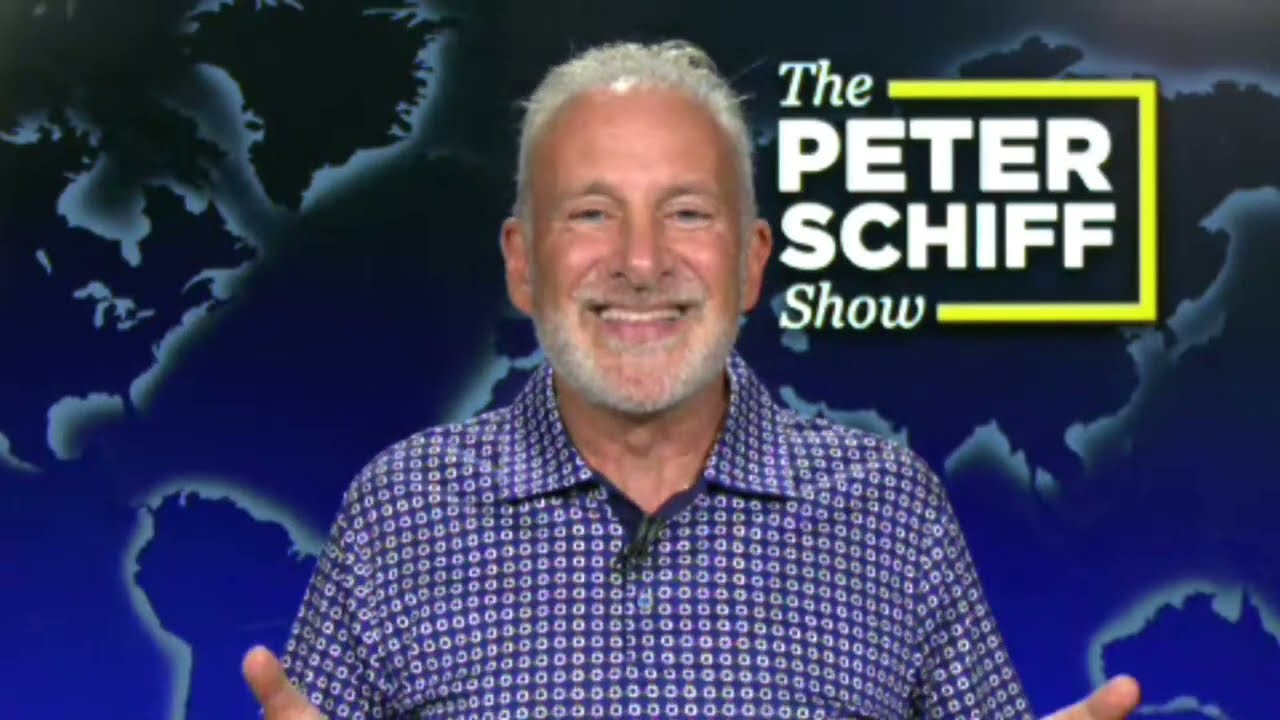 Peter leads off this week with an episode covering last Friday’s stock catastrophe, Bitcoin’s recent performance, and the start of President Trump’s so-called “hush-money” trial.
Peter leads off this week with an episode covering last Friday’s stock catastrophe, Bitcoin’s recent performance, and the start of President Trump’s so-called “hush-money” trial.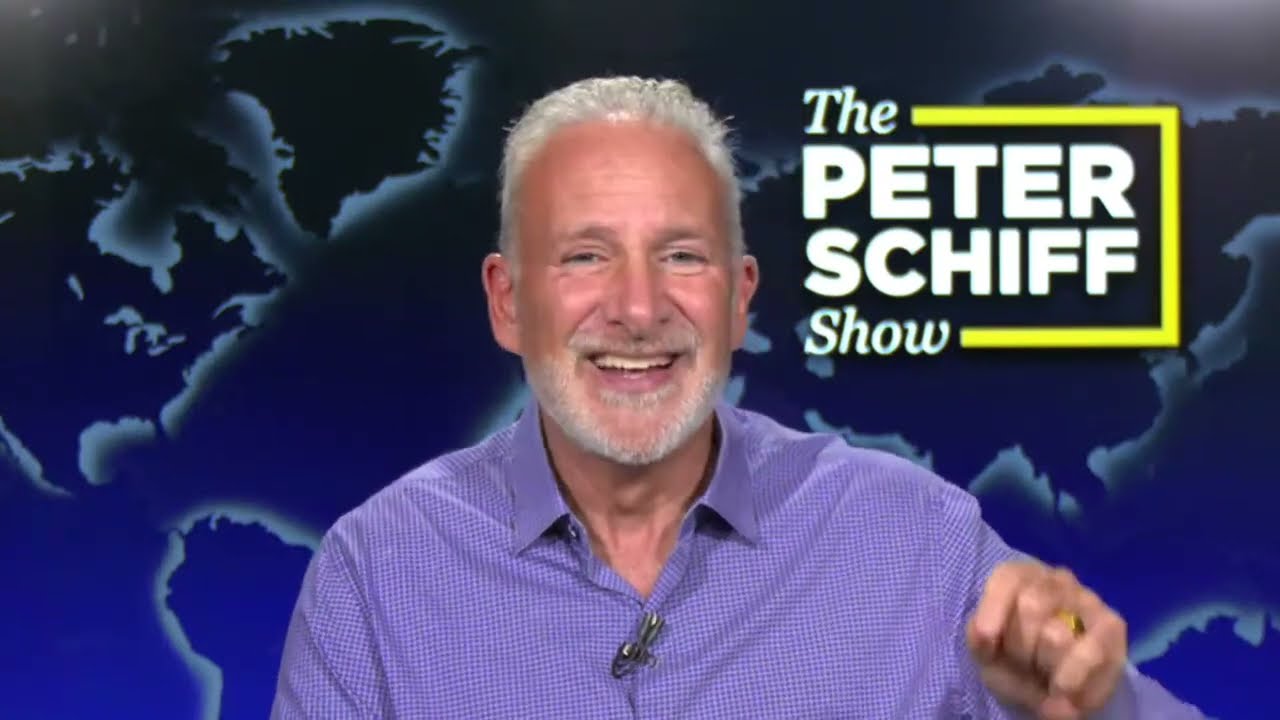 Peter’s back in Puerto Rico this week for his podcast after another week of record gold prices. In this episode, he discusses media coverage of inflation, this week’s CPI report, and Bitcoin’s weakening price relative to gold.
Peter’s back in Puerto Rico this week for his podcast after another week of record gold prices. In this episode, he discusses media coverage of inflation, this week’s CPI report, and Bitcoin’s weakening price relative to gold.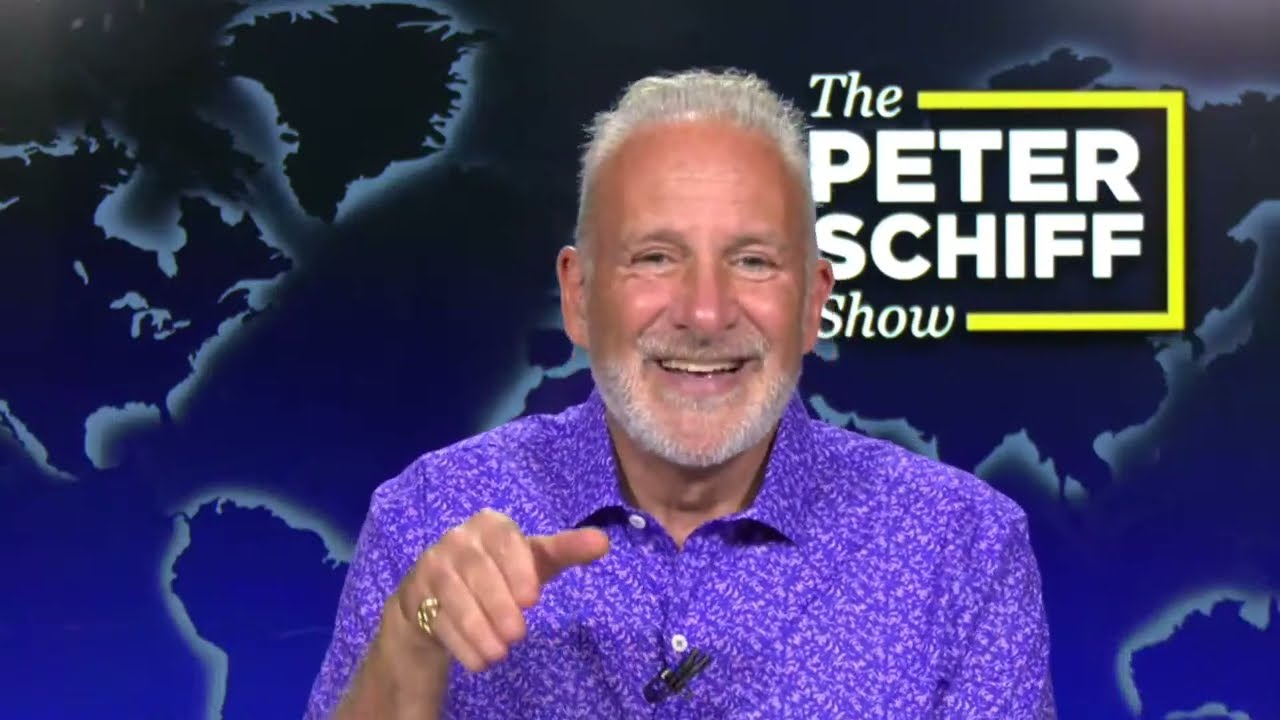 This week Peter recaps another stellar week for precious metal. He also discusses Friday’s jobs report, commodity prices, and Bitcoin.
This week Peter recaps another stellar week for precious metal. He also discusses Friday’s jobs report, commodity prices, and Bitcoin.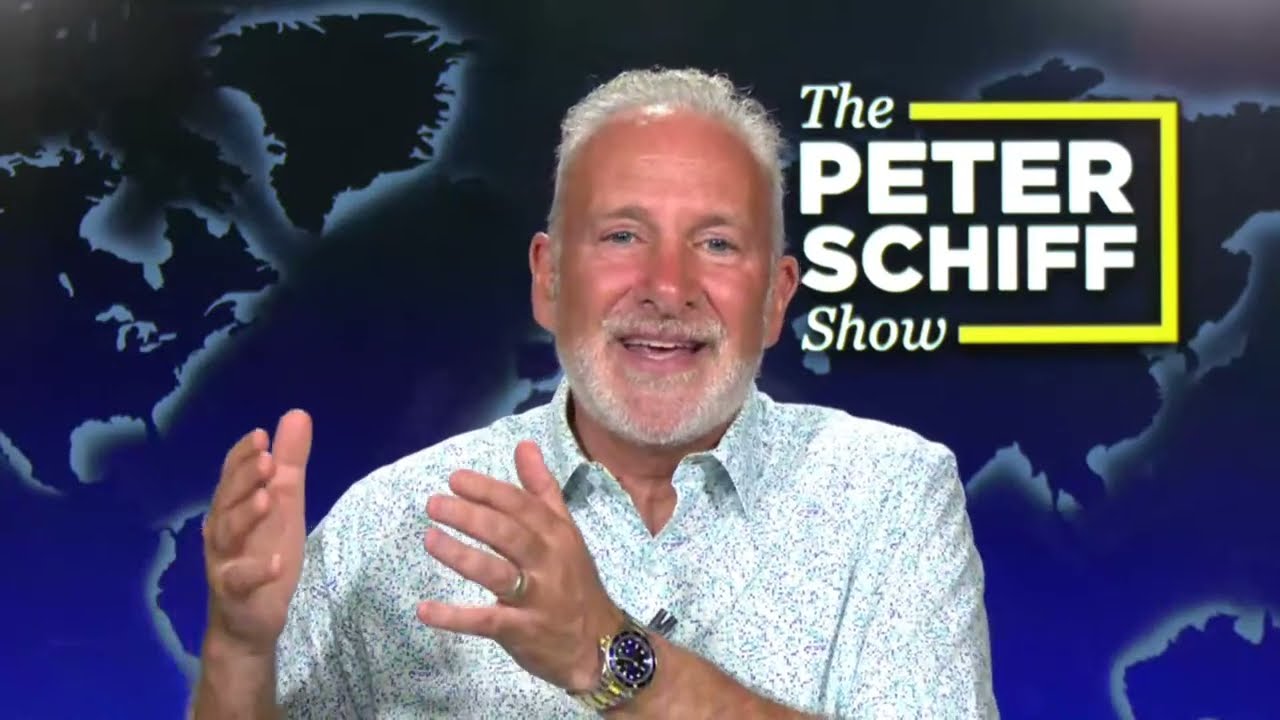 This week Peter returned from vacation, and he was just in time for a surge in the price of gold. He discusses the factors contributing to gold’s record prices, the similarities between today and the 1970s, and data pointing to future inflation in America.
This week Peter returned from vacation, and he was just in time for a surge in the price of gold. He discusses the factors contributing to gold’s record prices, the similarities between today and the 1970s, and data pointing to future inflation in America.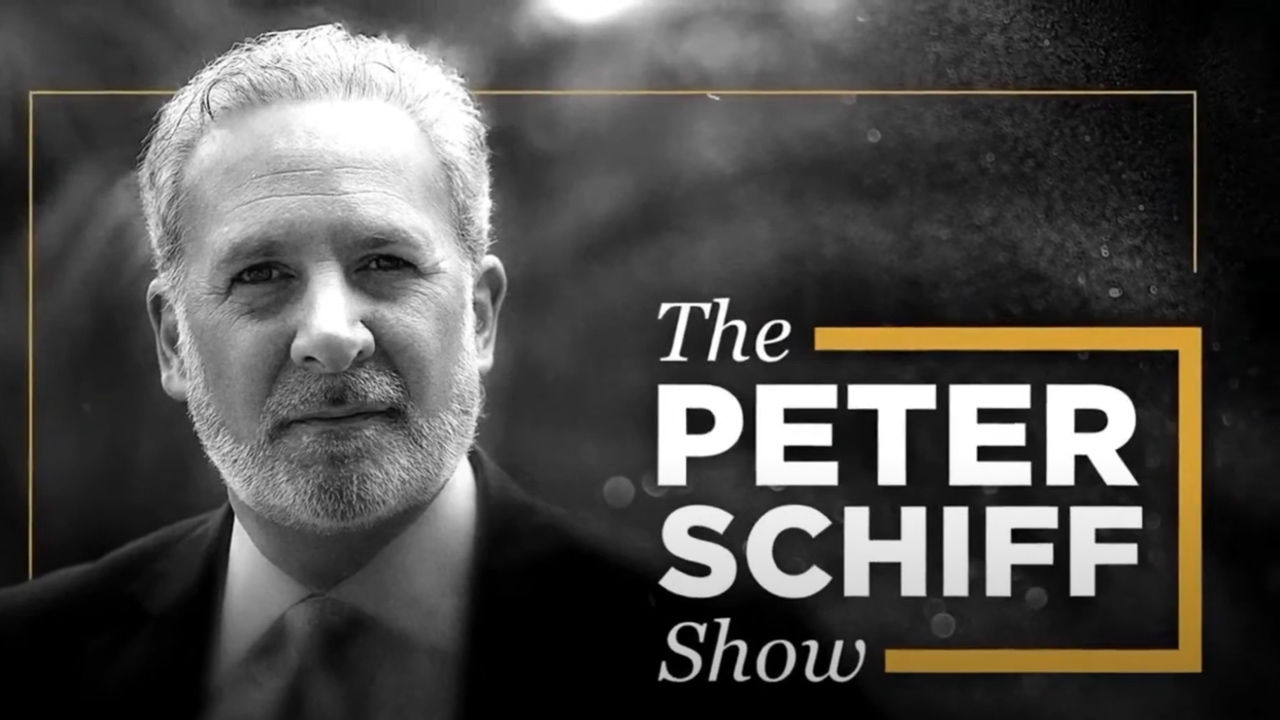 This time Peter tackles Jerome Powell’s speech from Wednesday, in which he announced that the Fed is holding the federal funds rate between 5.25 and 5.5%. He also briefly discusses Bitcoin’s pullback and the media’s lies about Donald Trump.
This time Peter tackles Jerome Powell’s speech from Wednesday, in which he announced that the Fed is holding the federal funds rate between 5.25 and 5.5%. He also briefly discusses Bitcoin’s pullback and the media’s lies about Donald Trump. 